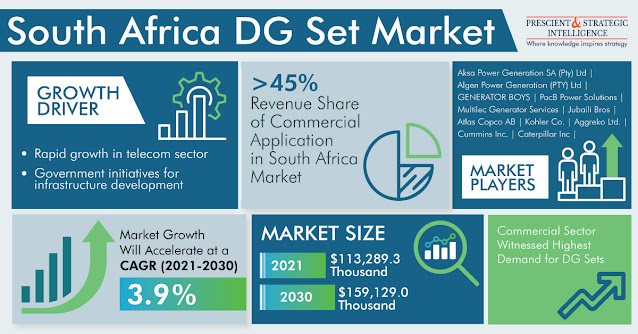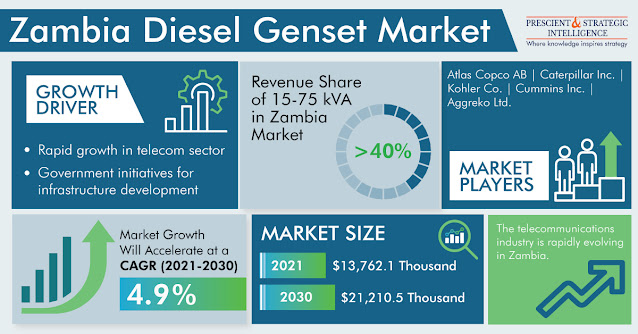The cooling of space is the fastest-growing application of energy in buildings in Southeast Asia. The use of electricity for cooling in commercial buildings and households has enhanced dramatically over the past decades. However, as per the IEA, only 15% of the households had an air conditioner in the region in 2019. Air conditioning will be more accessible to people throughout the region as incomes increase, access to energy improves, and prosperity spreads. Thus, as time passes, the demand for HVAC systems will continue increasing here.
Earlier, such appliances were majorly found in commercial buildings, but slowly, the people of the region are starting to use them in their homes as well. Therefore, the Southeast Asian HVAC market was worth $18,745.5 million in 2021, which is projected to reach $32,824.1 million, growing at a 6.4% CAGR during 2021−2030. As per P&S Intelligence, this will majorly be owing to the rising infrastructure spending, burgeoning hotel industry, and growing tourism activities, apart from the perpetually hot and humid weather in much of the region.
With the region's glistening white beaches, spicy food, and cultural legacy, tourism is seeing extraordinary expansion year after year. Malaysia, Indonesia, Thailand, and Singapore are all well-known tourist destinations, and many are also gaining prominence as business hubs. In the next few years, this is expected to stimulate the installation of HVAC systems in hotels. Humid and hot summers define the climate of Southeast Asia, which fuels the expansion in the requirement for HVAC, especially VRF systems, room air conditioners, split units, and ducted splits.
Moreover, due to the increasing investment in building activities, the demand for HVAC equipment is surging. Since the building industry came to a standstill in 2020 owing to COVID-19, government activities for infrastructure development have accelerated now, which is propelling the Southeast Asian HVAC market growth. For example, the Thai government had a construction spending of $5.43 billion in public–private partnerships (PPPs) planned for 2021. In all, between 2020 and 2027, Thailand's government plans to invest $29.68 billion (BHT 1 trillion) via PPPs in construction activities.
Much of the HVAC requirement comes from commercial areas, owing to the expanding number of commercial buildings and offices, hotels, airports, and entertainment centers. The Capital Spring project in Singapore, for example, is a vertically linked integrated complex comprising working and leisure facilities. As of February 2022, this $1.3-billion project was 93% complete. It has 29 office levels, as well as eight floors of serviced residences and adjacent retail areas. Because of the visitor rush, commercial buildings require HVAC systems to maintain the temperature.














